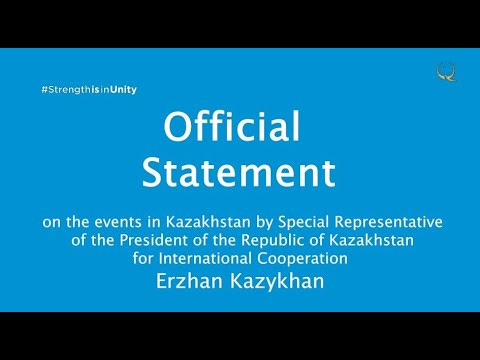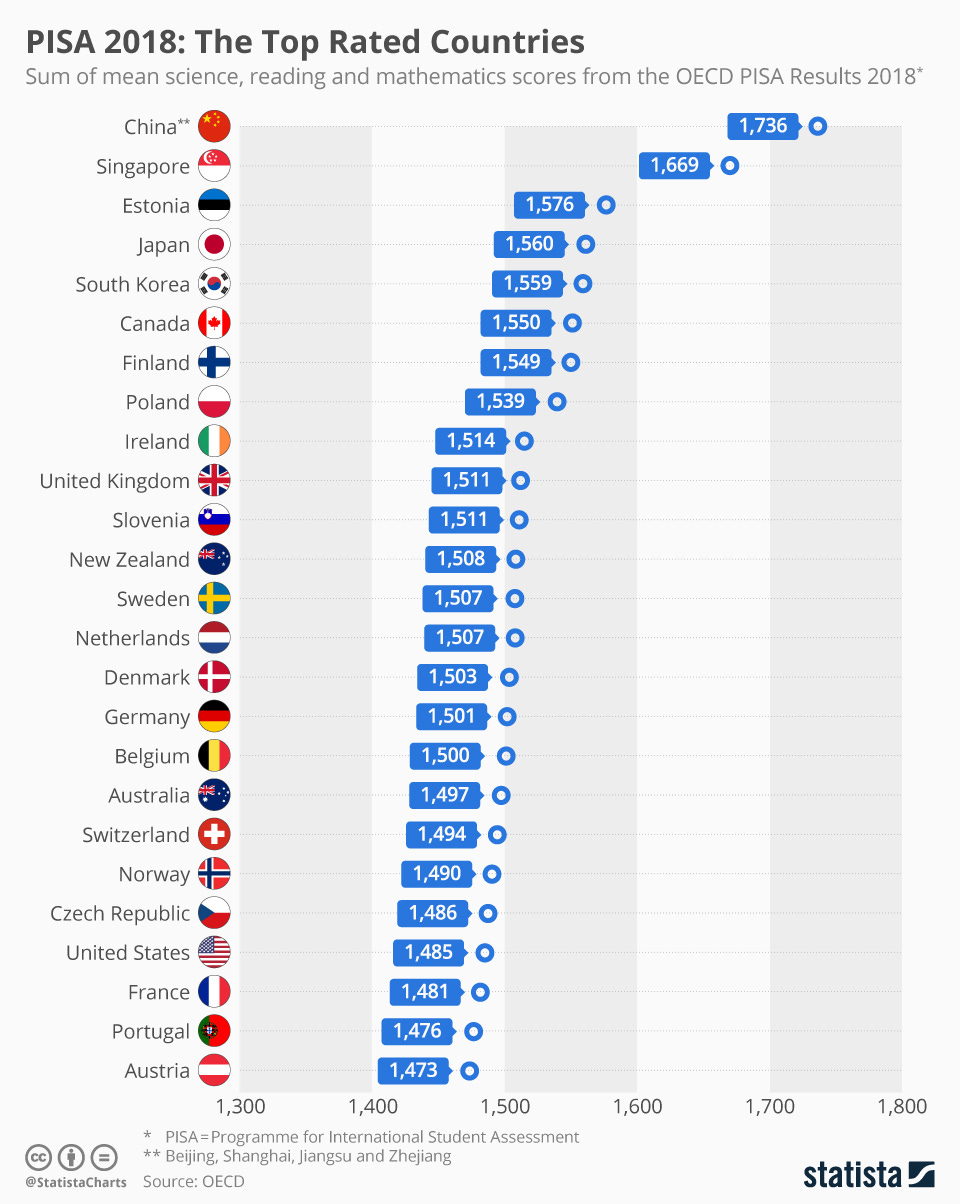From Claire—We have quite a bit coming up for you this week. We had quite a bit coming up for you last week, actually, but we got a bit editorially compulsive and sent the articles back to our writers with requests that they make them better. We figure that since we claim our publication is superior to any other in every way, it had best be exactly that. So stay tuned. It will be a good week.
Global Eyes
Asia
Chaos and opportunism in Kazakhstan. “In the space of less than a week, mass protests over a fuel-price increase have escalated into a chaotic battle involving both regional and domestic political forces—some well known, others operating from the shadows. Though the situation remains uncertain, it is hard to see how it could end well.”
Kazakhstan’s unprecedented crisis. “In trying to calm violent protests, President Kassym-Jomart Tokayev has involved an unpredictable and untrusted partner.”
How Kazakhstan could shift Putin’s calculus on Ukraine. “The unrest in Kazakhstan poses a question for Putin: Should he continue his intimidation campaign on his western flank, or should he address the dangers to his south? Or can he do both?”
A large number of small things: A porcupine strategy for Taiwan. “Distributed, survivable, and affordable defenses could greatly complicate an attempt to invade Taiwan by the People’s Liberation Army.”
In South Korea, hair loss is an election issue. Presidential candidate Lee Jae-myung’s proposal to pay for hair regrowth treatments through the national health insurance program has received a flood of support.
Japan and Australia sign defense treaty with eyes on China. “The Reciprocal Access Agreement, Japan’s first with any country, would allow Australian and Japanese militaries to work seamlessly with each other on defense and humanitarian operations.”
COVID mortality in India: National survey data and health facility deaths. New findings confirm epidemiologists’ suspicions that Covid deaths in the country have been undercounted by a multiple of millions.
What Xi’an’s chaotic lockdown reveals about China’s uncompromising top-down bureaucracy. “As harrowing stories continue to emerge from within the locked-down city of Xi’an, a wave of disbelief has washed over the Chinese public: Why are such tragedies still unfolding two years into the pandemic, in a major metropolis of 13 million people?”
Americas
Cubans are betting on Nicaragua. “The offer of visa-free entry into Nicaragua for Cuban citizens has motivated thousands of island residents to look toward the Nicaraguan route as the best way to reach the United States.”
Leftists are ascendant in Latin America as key elections loom. “Growing inequality and sputtering economies have helped fuel a wave of leftist victories that may soon extend to Brazil and Colombia.”
South America is now better vaccinated than the European Union. “The success of previous inoculation campaigns, like the fight against yellow fever and measles, explain the region’s success … South American countries focused on a comprehensive communication strategy, and monitoring fake news.”
Democracy had a tough year in Latin America. But it's not all doom and gloom. “A survey conducted across 18 countries in Latin America and the Caribbean by Latinobarómetro, a private Chilean NGO, found that just under half of respondents believed that democracy was the best form of government.”
Is democracy failing and putting our economic system at risk? “This paper explores the state of American democracy and whether it constitutes a systemic risk that impacts fiduciary duties. …. we assess the question of whether American democracy is backsliding towards failure, and argue that it is.”
Misinformation from the US is the next virus—and it’s spreading fast. “While we are fighting the coronavirus, we are also fighting an American virus—misinformation—which is mostly spread through American social media platforms … It’s a virus as dangerous as the one that causes Covid19.”
Europe
Free-rider on the storm: How Russia makes use of crises in its regional environment. “In autumn 2020, Russia’s position seemed to be slipping in numerous former Soviet states … Yet, at the start of 2022, the picture is completely different: Russia has managed to strengthen its position across the region. The pressure this has helped generate has effectively brought the United States and NATO to the negotiating table.”
Is NATO really a threat to Russia? (By Cristina Maza).
Left out of high-level talks, Ukraine tries other diplomatic channels. “While the United States and NATO speak with Russia this week, the Ukrainian government has been sidelined and is instead quietly pursuing separate negotiations with Moscow.”
Russia says not hopeful ahead of talks with US over Ukraine. “Moscow has said it is ‘disappointed’ with signals from the US ahead of the talks in Geneva, where the two sides are set to discuss the crisis at the Ukrainian border.’
Macron’s vow to “piss off” unvaxxed was deliberate and won’t hurt his election chances. “It was a deliberate nod to the many millions of vaccinated French people who are already ‘p…d off’ with the lies and obfuscations and of the unvaxxed.”
Middle East
Assad, North Korea, Iran developing nuclear reactor. “Mohammad Barmo, who is part of the Syrian opposition in the north of the country, reportedly said that the Syrian regime of Bashar Al-Assad is working on a project to construct a nuclear reactor in the Al-Ghab plain in northwest Syria, with assistance from its allies Iran and North Korea.”
France reports “bits of progress” in Iran nuclear talks. “French Foreign Minister Jean-Yves Le Drian said he remained convinced a deal is still possible, but warned ‘time is of the essence.’”
Turkey’s nuclear future. “A continuation of Erdoğan’s rule or having one of his heirs in power would likely to pave the way for a nuclear Turkey.”
The other (ugly) face of Lebanon. “The events that unfolded since October 2019 have revealed the other face of Lebanon: a corrupt state in which politicians and laypeople have plundered the national treasury, and its sectarian regime, which has led to political paralysis.”
Africa
An African perspective on why the world needs cryptocurrencies. “Rising cryptocurrency use in Africa over the past few years has not only shown that digital currencies are now a vital means of moving funds across borders and between people, but that cryptocurrencies are also an important means of accessing global markets for the financially excluded.”
African leaders must stop the continent’s dependency on exploitative countries such as the US and China. “The sooner African leaders wake up to the fact that there will never be a cavalry sent to salvage the troubled continent from the marauding horsemen of disease, poverty, deceit, and war the better it shall be for prospects of Africa’s renaissance.”
Beijing offers Africa US$40 billion as it denies creating debt trap. “Chinese top diplomat Wang Yi said those spreading false information about China’s supposedly trapping of poor African countries with debt are only out to destroy the country’s relations with African states.”
Two years of COVID-19 in Africa: lessons for the world. “For two years, hundreds of geneticists across the continent have worked seven days a week, often through the night, to sequence strains of SARS-CoV-2. ... For those contributing so much to the global effort to curb this pandemic, it is galling to watch Africa continue to struggle in the acquisition and roll-out of Covid19 vaccines.”
Ethiopian airstrike kills 56 civilians, Tigray fighters say. “Tigrayan forces have claimed that dozens of civilians in a camp for internally displaced people were killed in a government airstrike—indicating conflict is still ongoing despite recent reconciliation efforts.”
The idea of South Africa continues to battle the reality. “How disappointing … that the country, striving for social equality, should have remained the most unequal society on Earth.”
Global
Record levels of greenhouse gas methane are a “fire alarm moment.” “Average atmospheric concentrations of methane reached 1900 parts per billion last September, the highest in nearly four decades of records.”
The Power Atlas: Seven battlegrounds of a networked world. “Power is now defined by control over flows of people, goods, money, and data, and via the connections they establish. Only states that see the new map of geopolitical power clearly will be able to control the modern world.”
A world of mounting disarray. “From climate change to public health to geopolitical rivalry and the security of cyberspace, the gap between global challenges and responses is large and growing. And the resources needed to turn things around—especially collective will and skillful diplomacy—are in short supply.”






The article by James Timbie and Admiral James O. Ellis Jr. on a "porcupine" anti-invasion strategy for Taiwan was interesting and informative. It also showed that the more things change in the area of military art and science, the more they stay the same. What the authors are describing is essentially a form of defense in depth—which is nothing new. Among the many historical examples that can be cited there is the Battle of Kursk (July 1943), in which the Red Army used a layered, distributed defensive scheme to blunt and frustrate the German Army's last big offensive on the Eastern Front.
Given favorable terrain and sufficient resources, a defense in depth is the most effective defensive option. But it would be a mistake to conceive of it as a static defense, pure and simple; mobility remains important. Take, for example, an anti-armor defense based on small teams armed with antitank guided missiles. If such a team remains in one position, it will eventually be detected and eliminated. So a number of alternate positions must be identified for it, and the team must possess sufficient mobility to move among them.
Defense in depth also requires a sufficiently powerful and mobile reserve to conduct counterattacks against enemy penetrations. At Kursk, these counterattacks were conducted at every echelon of command, from the platoon to full divisions and corps, and eventually they transitioned to a major counteroffensive. In a Taiwan invasion scenario major counterattacks would probably be conducted by battalions and brigades, with the primary objective of maintaining the integrity of the overall defense.
Such a defense, operating in conjunction with air, missile and submarine attacks on the invader's seaborne communications with mainland China, would very likely prevent the People's Liberation Army from scoring a quick victory—which must obviously be its objective. For time would not be on the PLA's side. If the invasion were to bog down amid protracted fighting and increasing logistical problems, it would ultimately fail.
So the porcupine strategy—I would substitute the title "sponge-and-hammer strategy"—is probably Taiwan's best military option.
I want to suggest an article I was reading this weekend on the state of the newly launched James Webb Space Telescope. In short so far so good and more importantly many of the hardest tasks have now been finished for an extremely complex scientific project with hundreds of single failure points. While it is something 99% of people will be paying no attention to, the truth of the matter is that NASA with the help of the US' Canadian and European allies(the later of which were responsible for the successful launch of the telescope) pulled off something extremely complex and difficult during a period of time when Western powers are supposedly "finished."
https://arstechnica.com/science/2022/01/remarkably-nasa-has-completed-deployment-of-the-webb-space-telescope